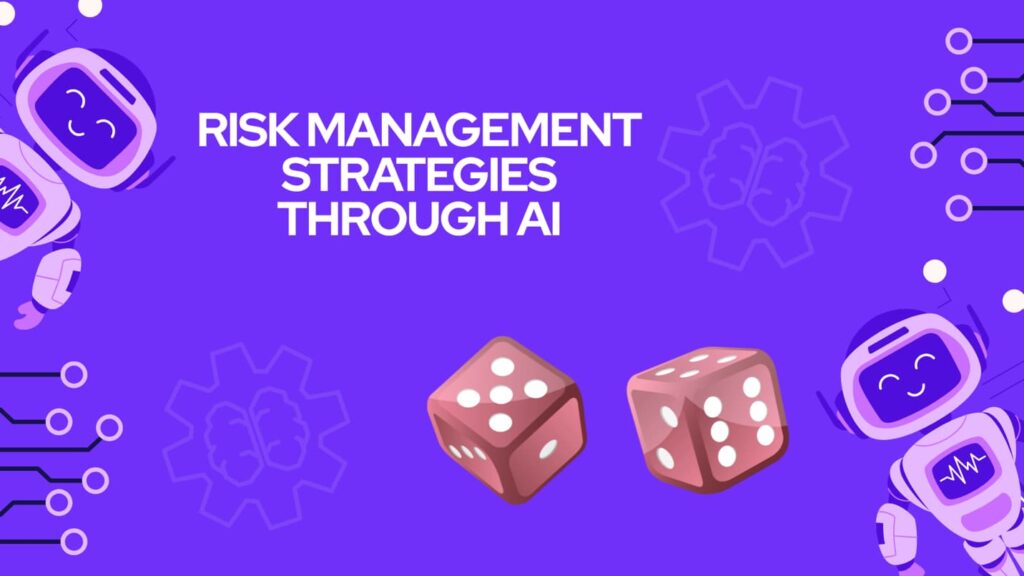The betting landscape has undergone a dramatic transformation in recent years, with artificial intelligence emerging as a powerful tool for analyzing patterns and managing risk. Smart prompts—carefully crafted questions and instructions for AI systems—have become essential for extracting meaningful insights from vast amounts of betting data. By learning to communicate effectively with AI, bettors can move beyond gut feelings and intuition toward data-driven decision-making.
The key to unlocking AI’s potential lies not in the technology itself, but in how we interact with it. Well-designed prompts can reveal hidden patterns, calculate optimal stakes, and identify risk factors that would take humans hours or days to uncover. This article explores how to craft smart prompts that transform AI from a simple tool into a sophisticated betting analysis partner.
Understanding AI Prompts in Betting Analysis
What Makes a Prompt “Smart”?
A smart prompt is specific, context-rich, and goal-oriented. Instead of asking “What are good bets today?” a smart prompt would be “Analyze the last 20 home games for Team X against teams in the top 5 of the league, focusing on goal differential and odds value.” The difference is clarity and actionable parameters.
Smart prompts include relevant constraints, timeframes, and specific metrics. They avoid ambiguity and provide the AI with enough context to deliver useful insights rather than generic observations.
The Role of Data in Prompt Engineering
Effective prompts leverage multiple data types to create comprehensive analysis. Historical performance data, real-time odds movements, player statistics, weather conditions, and injury reports all contribute to better predictions. The more specific you are about which data points to analyze, the more valuable the AI’s output becomes.
When crafting prompts, consider what information is actually available and relevant. Asking AI to analyze fantasy team performance alongside actual betting odds creates cross-referenced insights that single-dimension analysis would miss.
Identifying Betting Patterns with AI
Pattern Recognition Techniques
AI excels at spotting patterns humans might overlook in complex datasets. Trend analysis can reveal how teams perform under specific conditions—like favorites playing on short rest or underdogs in evening games. Anomaly detection highlights unusual odds movements that might indicate insider information or market inefficiencies.
Value betting opportunities emerge when AI identifies discrepancies between actual probabilities and bookmaker odds. By processing thousands of historical matches, AI can calculate true winning probabilities and flag bets where the potential return exceeds the actual risk.
Sample Prompts for Pattern Analysis
Here are practical prompts for uncovering betting patterns:
- “Compare the closing line value for Team X in their last 15 away games versus the opening odds, and identify any correlation with final results”
- “Analyze over/under trends for League Y on weeknight games over the past two seasons, breaking down by total score ranges”
- “Identify teams that consistently beat the spread as underdogs of +7 or more in the second half of the season”
Each prompt focuses on specific, measurable criteria. They define clear parameters like timeframes, conditions, and thresholds. This specificity enables AI to deliver actionable insights rather than general observations.
Risk Management Strategies Through AI

Bankroll Management Prompts
Smart bankroll management is the difference between sustainable betting and rapid losses. AI can calculate optimal stake sizes based on your bankroll, risk tolerance, and the perceived edge in each bet. Prompts like “Calculate Kelly Criterion stake for a bet with 55% win probability at +150 odds with a $5,000 bankroll” provide precise guidance.
Variance analysis helps you understand the natural fluctuations in betting outcomes. Ask AI to simulate 1,000 betting sequences with your typical stake sizes and win rates to visualize potential bankroll swings. This data-driven approach prevents overreacting to short-term results.
Portfolio diversification across different sports, bet types, and bookmakers reduces exposure to any single risk factor. Prompts that analyze your current betting portfolio can highlight dangerous concentrations and suggest rebalancing strategies.
Identifying Risk Factors
AI can serve as an objective warning system for risky betting behavior. By analyzing your betting history, it can identify patterns like chasing losses, increasing stakes after wins, or overexposure to particular teams or leagues. These red flags often escape our notice when emotions run high.
Prompts for risk identification might include:
- “Analyze my last 50 bets and flag any patterns indicating emotional decision-making or deviation from my stated strategy”
- “Calculate my exposure across all pending bets and identify if any single outcome could impact more than 10% of my bankroll”
- “Review my betting frequency and stake sizes over the past month and compare to my three-month average”
These prompts create accountability and help maintain discipline. They transform AI from a prediction tool into a risk management partner that keeps your betting approach sustainable.
Best Practices for Implementing AI Prompts
Iterative Prompt Refinement
Your first prompt rarely yields perfect results. Test different phrasings, adjust parameters, and refine based on the quality of AI responses. If outputs seem too general, add more specific constraints. If they’re too narrow, broaden the scope slightly.
Combining multiple prompts creates layered analysis. Start with a broad pattern-recognition prompt, then use follow-up prompts to dig deeper into interesting findings. This iterative approach mirrors how professional analysts work through complex problems.
Limitations and Responsible Use
AI analyzes data brilliantly but cannot predict random events or account for unforeseeable circumstances. Past patterns don’t guarantee future results, especially in sports where injuries, weather, and human psychology play crucial roles. Always apply critical thinking to AI-generated insights.
Human oversight remains essential. AI should inform your decisions, not make them automatically. Review the reasoning behind AI recommendations and consider factors the algorithm might miss.
Remember that no system eliminates betting risk entirely. Smart prompts and AI analysis improve your edge, but responsible gambling practices—setting limits, never betting money you can’t afford to lose, and maintaining emotional control—are non-negotiable foundations.
Conclusion
Smart AI prompts transform betting analysis from guesswork into systematic, data-driven strategy. By mastering prompt engineering, you unlock AI’s ability to identify patterns, calculate optimal stakes, and flag potential risks across thousands of data points in seconds. The structured approach outlined here provides a framework for leveraging AI effectively while maintaining realistic expectations.
The most successful bettors view AI as a sophisticated tool that enhances rather than replaces human judgment. They combine algorithmic insights with sports knowledge, situational awareness, and disciplined bankroll management. As AI technology evolves, those who learn to communicate effectively with these systems will gain increasingly valuable advantages in analyzing betting opportunities and managing risk responsibly.



